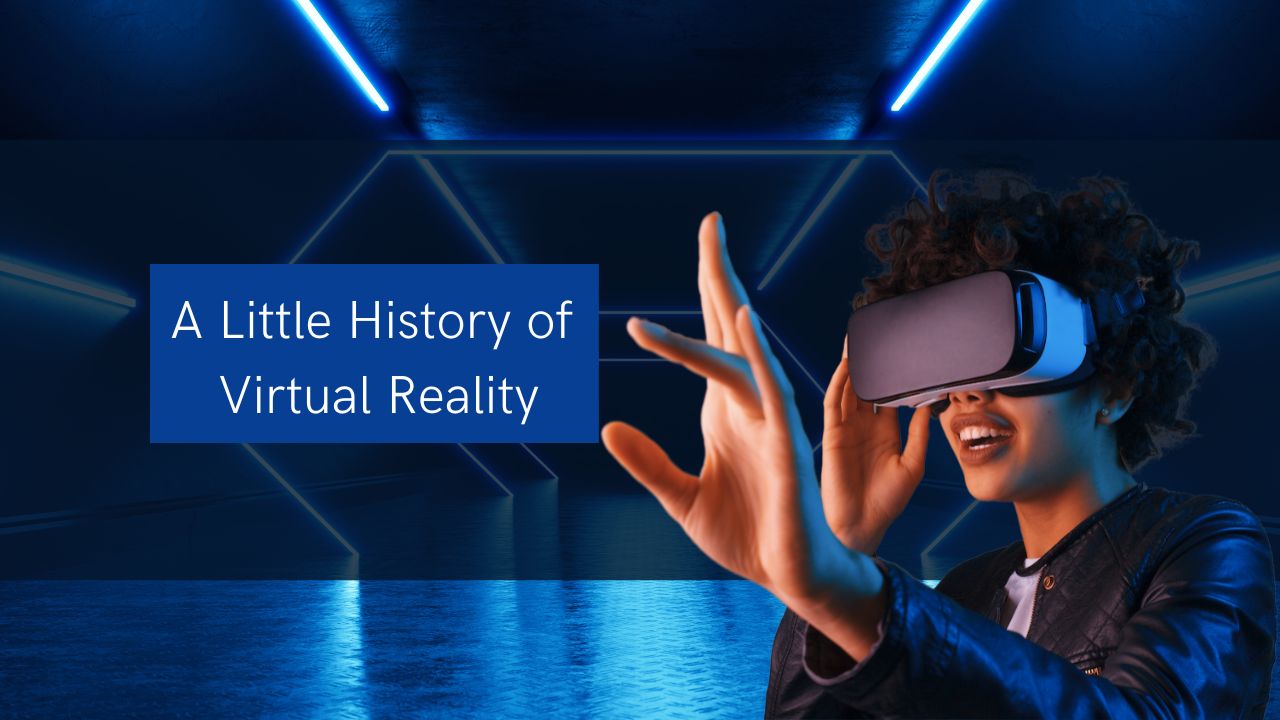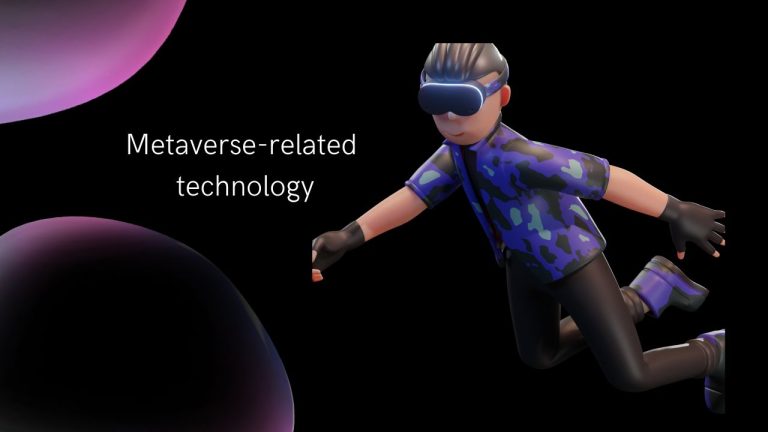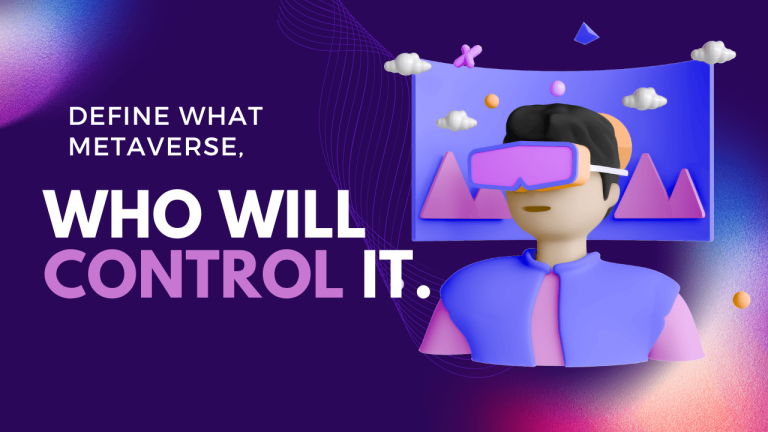A Little History of Virtual Reality
Introduction:
Virtual reality is an extraordinarily realistic experience that you may have while being safe and simulating the actual world. You can enter unique simulations by using a Virtual Reality headset or compatible application. The user can interact with and explore these simulations, which are made to be incredibly immersive experiences. The environment is within the viewer’s control, and he or she can explore any scenario and perhaps engage in interaction with its elements.
Virtual reality simulations typically take place in computer-generated worlds where the closest thing to a simulation is a fully rendered 3-D scene. The environment can then be controlled and interacted with using many technological devices.
In general, producing virtual reality involves employing technology to create a simulation of a real-world experience that a person can access at any time and leave. These simulations will only get more detailed and realistic as VR technology advances. Virtual reality is now accessible to practically everyone thanks to the technology’s ongoing miniaturization and cost-cutting developments.
A Summary of virtual reality
A simulated environment and experience known as virtual reality can be very similar to or very dissimilar from the real world in which a person is physically present. Virtual reality has its roots in the year 1956. The Sensorama machine was developed by Morton Heilig, who had a long history in the motion picture business, to give viewers the impression that they are actually within the movie. This 3D display, which integrated multisensory experiences, allowed viewers in the theatre to simulate a motorcycle trip over a city.
A simulated environment and experience known as virtual reality can be very similar to or very dissimilar from the real world in which a person is physically present. Virtual reality has its roots in the year 1956. The Sensorama machine was developed by Morton Heilig, who had a long history in the motion picture business, to give viewers the impression that they are actually within the movie. This 3D display, which integrated multisensory experiences, allowed viewers in the theatre to simulate a motorcycle trip over a city.
Ivan Sutherland and Bob Sproull later developed the first VR/AR head-mounted display in 1968 that was linked to a computer rather than a camera. This gadget is portrayed as a prototype for the VR headgear that later gained popularity in educational contexts like classrooms and other formal situations.
Astronomers may now explore a virtual depiction of space thanks to the Virtual Interface Environment Workstation (VIEW), which NASA developed in 1990. A VR training facility was subsequently constructed to instruct the astronomers on the ground.
After these turning points, VR technology advanced with the help of initiatives like SEGA, Landmark VR PTSD therapy, and Matrix, which are outside the purview of this brief blog post. But more recently, in 2014, the start of exponential growth was founded in the initiatives and declarations of enormous corporations like Google, Sony, and Facebook. With the launch of Google Cardboard, everyone can now experience VR with 360-degree images. FB acquired Oculus. Sony revealed its PlayStation-based virtual reality project. With these technological developments in 2016, VR development exploded. In a short time, several new, potent virtual reality products were released. Only a few of them include Microsoft Hololens, Playstation VR, HTC VIVE, and Oculus Quest.
Since the innovation, VR technology is now widely employed in the twenty-first century. For instance, visiting far-off, difficult-to-reach places, historical settings, and art galleries. Virtual reality holds a tremendous deal of promise for supporting both students and teachers, particularly in the field of education. The community that helped build Virtual reality emphasizes the present hysteria surrounding it. It took visionary technicians like Llinas and Sutherland, who devoted their time and energy to making things happen, to turn sci-fi writers’ theoretical conceptions into the technology we see portrayed in our gaming platforms or as a key component of shows like Black Mirror.
Years before anyone anticipated it, their work made VR a reality and ultimately had a big influence on how we live today. To achieve this, VRLab Academy, an online learning platform, provides online science experiments in a variety of disciplines, including chemistry, physics, biology, and popular science. It is compatible with high-resolution VR sets and provides the chance to engage directly with science. VRLab Academy is a fantastic tool for both in-person and online learning, and it is not just a long-term solution but is even better than actual laboratories. A collection of articles and products that live up to the promise of this new medium is available from VRLab Academy, which is ready to support the extraordinary breakthrough in virtual reality.
FAQS:
How did virtual reality come to be?
Ivan Sutherland and his student Bob Sproull created the first VR/AR head-mounted display in 1968 that was linked to a computer rather than a camera. It was known as the Damocles Sword. The thing hanging from the ceiling was enormous and menacing-looking, and it was too heavy for anyone to wear comfortably (hence its name).
Which 3 forms of virtual reality are there?
Virtual reality simulations fall into three main categories: non-immersive, semi-immersive, and fully immersive.







